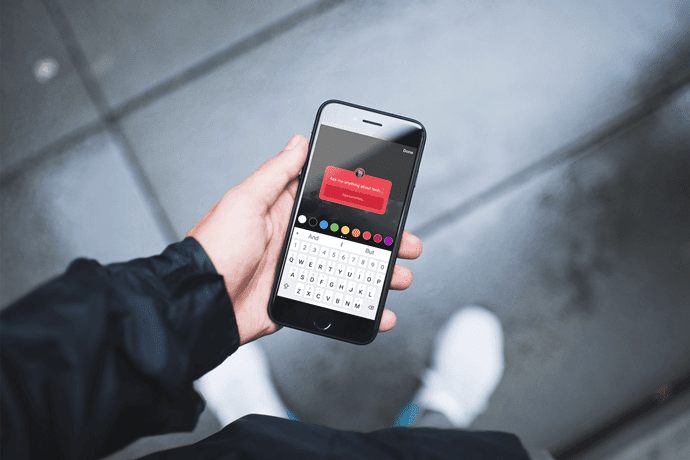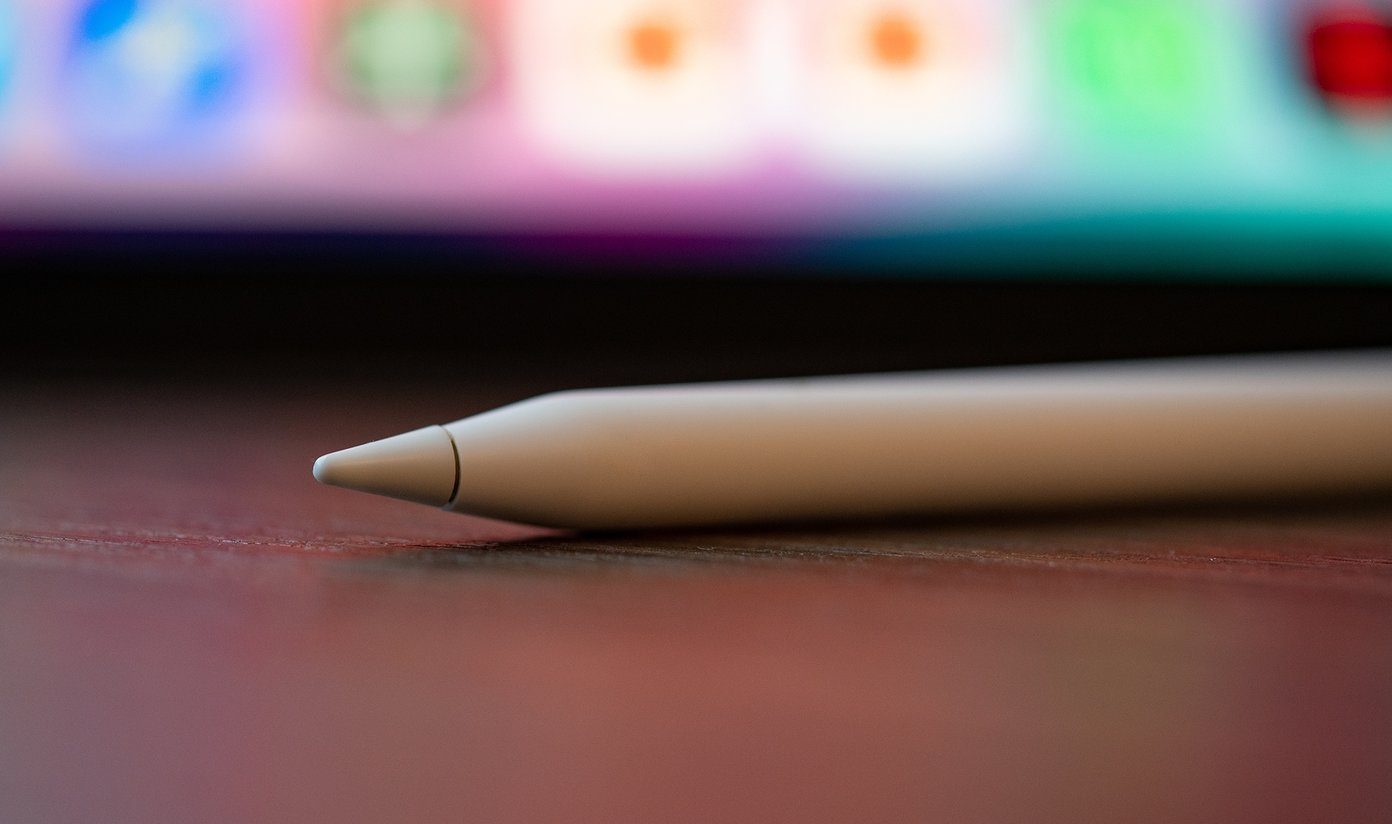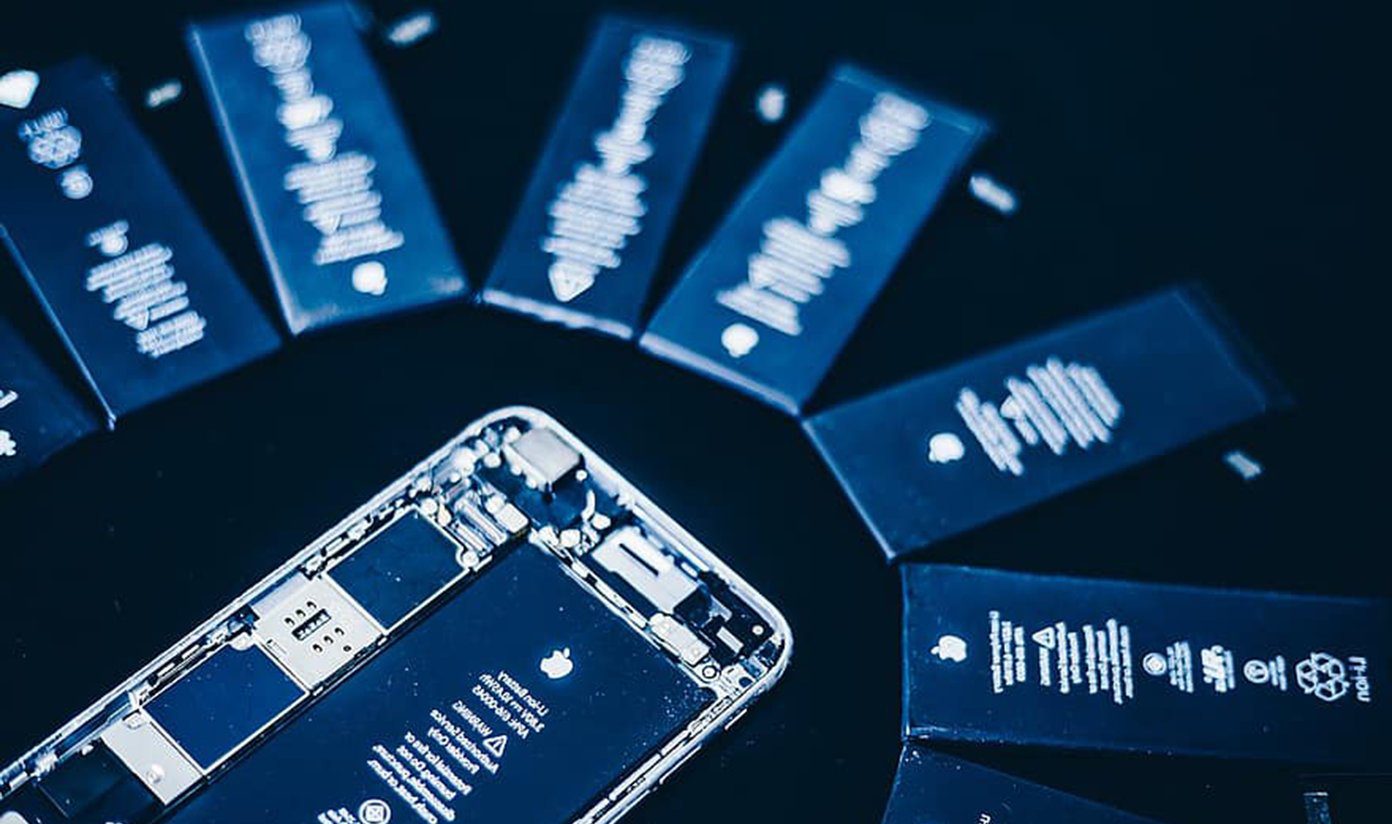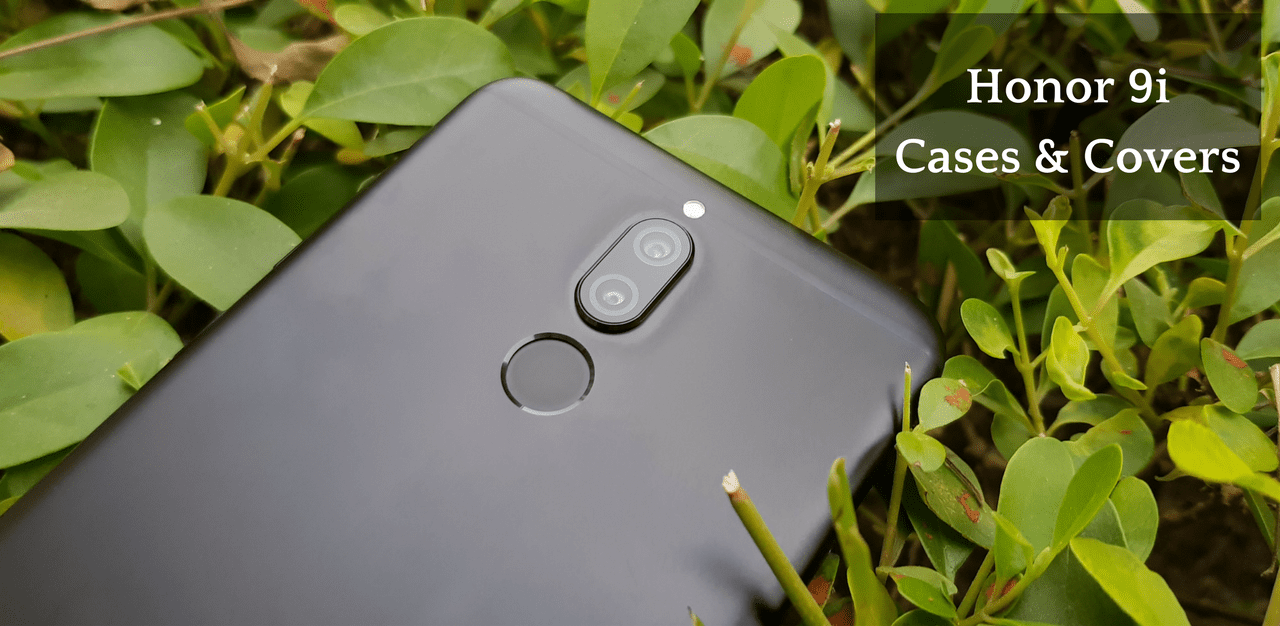Safety Check allows you to take control of data you share with your friends and family who use your Apple ID. This post will explain how to use Safety Check on iPhone and how it is a step ahead to secure your privacy. We used an iPhone running on iOS 16 Public Beta for this post. Safety Check will be available with the iOS 16 update from September 12 onwards for eligible iPhones.
What Is Safety Check
Safety Check is a part of Apple’s elaborate Personal Safety User Guide. It enables you to take control of all the permissions, app access, and data like Location Sharing and iCloud data with contacts. If you have unfortunately ended up in an abusive relationship and your partner is using your Apple ID, you can secure your privacy by revoking all access to your information. This feature is helpful, especially for victims of domestic violence. Safety Check will save you the hassle of reviewing separate app permissions and access with contacts by acting like a kill switch to reset all your iPhone’s privacy permissions with a single tap.
How to Access Safety Check on iPhone
Safety Check comprises two functionalities – Emergency Reset and Manage Sharing and Access. Let us first show you how to access Safety Check on your iPhone. Proceed only if your iPhone runs iOS 16 at least. Step 1: Open the Settings app on your iPhone.
Step 2: Scroll down and select Privacy and Security from the list of options.
Step 3: Scroll down and tap on Safety Check.
Do note that you can always tap the Quick Exit option on the top-right corner to stop the process of Safety Check.
How to Use Emergency Reset
There are times when you share albums, music, location, and other services with your family or friends. A while later, it’s natural to forget about it and not revoke any permissions. That’s where the Emergency Reset comes in to action. It lets you review and revoke all app permissions from contacts. This option also lets you change your Apple account password and set up emergency contacts. Let us show you the step-by-step process to use this functionality. Step 1: Open the Settings app on your iPhone.
Step 2: Go to Privacy and Security.
Step 3: Scroll down and tap on Safety Check.
Step 4: Tap on Emergency Reset.
Step 5: Once the Splash Screen appears, tap on Start Emergency Reset at the bottom.
Step 6: Tap on Reset People and Apps.
You can tap on Reset to remove all sharing, and access permissions in one go or you can tap on Manage Sharing and Access to select specific contacts and apps.
We will go ahead with Manage Sharing and Access, but you are still performing Emergency Reset. Step 7: Tap on Continue at the bottom of the Splash Screen for Manage Sharing and Access.
Step 8: Tap the Search bar to look up contacts sharing your app info like Find My, Health, Photos, and Notes. You can then remove those contacts from your Apple ID.
If there are no contacts, tap on Continue and then tap on Continue again to go to the next step. Step 9: Select the app(s) whose permissions you want to revoke and tap on Stop App Access. Step 10: Tap on Continue to move ahead.
Step 11: Select the device(s) using your Apple ID and tap on Remove Selected Devices.
Step 12: Tap on Add A Trusted Phone Number for receiving verification codes. If the number is already added, tap on Continue.
Step 13: Tap on Update Password to update your Apple account password for better security.
If not now, you can tap on Update Later in Settings. Step 14: Tap on Add Emergency Contact to notify your contact(s) during SOS.
You can also select the relation with that contact while selecting the name from your contacts list.
Step 15: You can update your device passcode or tap on Skip.
Step 16: Once your Safety Check is complete, tap on Done.
Secure Yourself
Safety Check is a great step to save your data and privacy from unwanted access by contacts who are not trustworthy anymore. Apple has made it easier for iPhone users to secure their important information from unexpected intruders. Along with privacy, you can also enable severe weather alerts on your iPhone to make informed decisions regarding your daily commutes, flight tickets, and road trips. The above article may contain affiliate links which help support Guiding Tech. However, it does not affect our editorial integrity. The content remains unbiased and authentic.

































